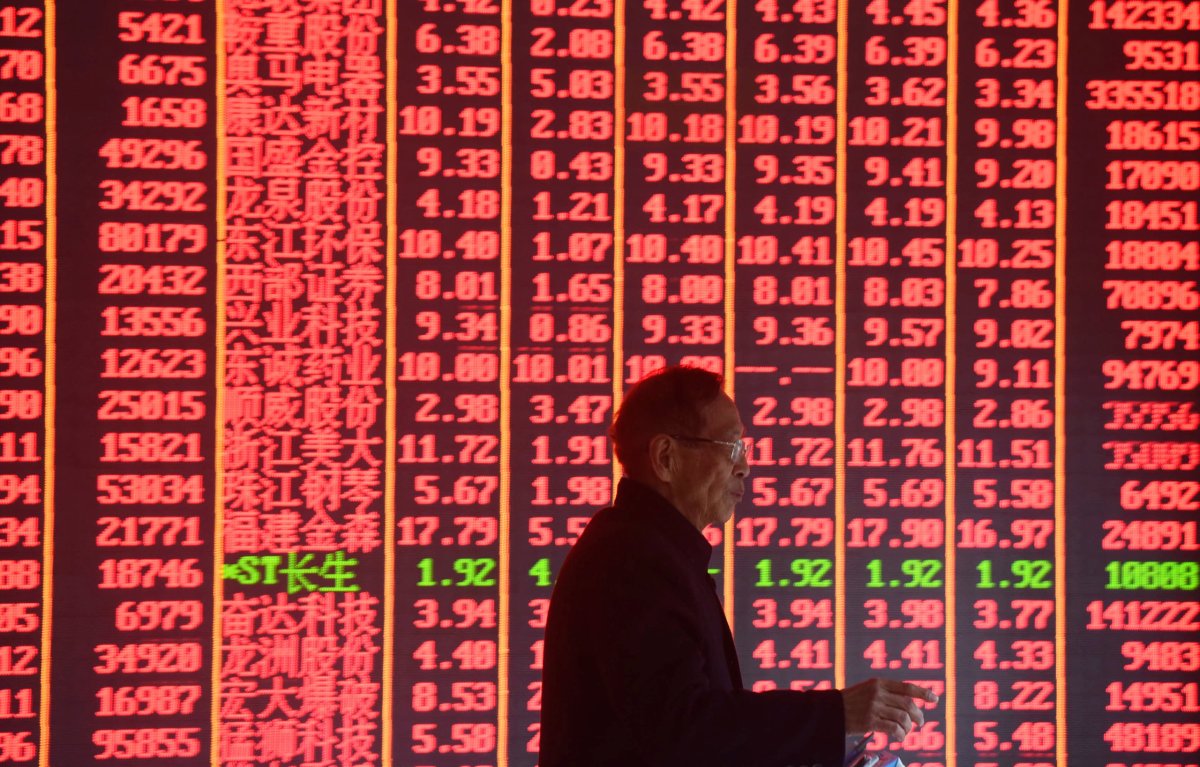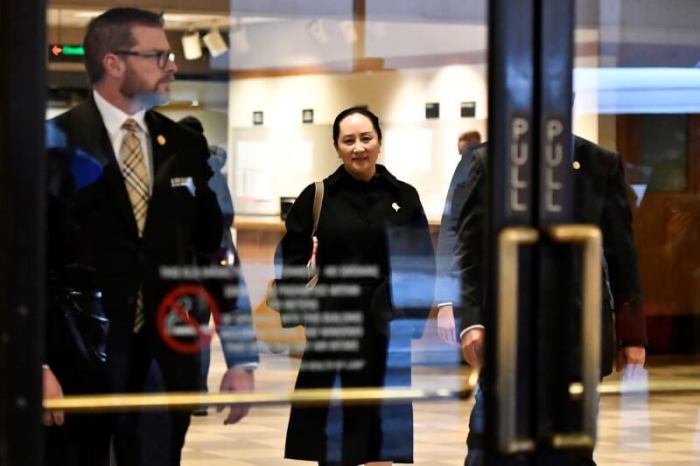By Helen Reid
LONDON (Reuters) – After plowing billions into emerging market equities since October, investors have started to show signs of hesitation, but an uptick in earnings expectations should reassure those hoping to capitalize on stronger economic growth in the emerging world.
Emerging equity funds have suffered outflows over the past three weeks, according to EPFR data, and investors in a recent Bank of America Merrill Lynch survey described emerging markets as the “most crowded trade”.
Year-to-date net fund flows into emerging markets total $15.7 billion, against $61.8 billion exiting developed markets, and global asset allocators have been increasing their exposure, betting that the worst is over and a declining dollar will help emerging economies.
Francois Savary, chief investment officer at wealth manager Prime Partners, who has an overweight on emerging equities in his asset allocation, said investors are searching for growth in a world where it is looking increasingly scarce.
“It’s not only a play on the last phase of the cycle, it is the fact that we have doubts about the U.S. economy down the road,” added Savary.
The relative health of emerging companies’ earnings compared to the rest of the world is a central draw. Analysts have increased their expectations for EM earnings growth this month while forecasts slide everywhere else.
Emerging markets valuations and return on equity March 20: https://tmsnrt.rs/2Cv5flh
Emerging earnings growth by country: https://tmsnrt.rs/2Cv4j0f
Small versus large emerging markets MARCH 20: https://tmsnrt.rs/2Hy0dJ5
emerging markets earnings growth expectations inch higher March 20: https://tmsnrt.rs/2HwrlIk
CHINA GOLD RUSH
The inclusion of China’s domestic A-Shares into MSCI’s emerging markets index has also been a game-changer, making it far easier for international investors to access Chinese stocks.
Data from the Institute of International Finance showed that the lion’s share of emerging market equity inflows – $10.6 billion of a total of $13.9 billion in February – piled into Chinese stocks.
“The Tencents, Alibabas and Baidus of this world are not just Chinese growth stories, they’re becoming global international growth stories,” said Edmund Shing, head of equities and derivatives strategy at BNP Paribas in London.
“From that point of view, people are coming back to that sector and thinking that’s a better place to be. I would argue these leading technology companies are more innovative than their U.S. counterparts,” he added.
But investors are treading with caution, having learnt the hard way not to be too hopeful after many false dawns.
“No-one is breaking out the champagne on this. We’re just hoping we get a decent year, and arguing that U.S. valuations versus EM are quite stretched,” said Charles Robertson, global chief economist at Renaissance Capital.
Return on equity across emerging markets has risen to a five-year high, while valuations, at 11.6 times forward earnings, are 30 percent cheaper than the S&P 500.
With the sugar rush of U.S. tax cuts wearing off, U.S. profit margins look set to wane while EM margins have further to go.
Earnings for EM overall are expected to grow 6.8 percent this year – down from the 12 percent growth expected back in September, but still set to outpace the United States.
Thawing China-U.S. trade relations have also helped buoy the market.
“Because they’re seeing macro getting better, trade getting better, China doing the right things, as long as they can see that forward progress they can feel that some level of past disappointment can be just that – in the past,” said Andrew Jones, emerging markets equity portfolio manager at Pinebridge Investments in New York.
A “CROWDED TRADE”?
The BAML survey could be a bad omen for emerging markets. Previous “crowded trades” include bitcoin and the FAANGs, which went on to slide significantly.
On Tuesday, the latest survey showed short European equities had succeeded EM, however, comforting investors who say the asset class hasn’t reached the eye-watering valuations characteristic of such trades.
“When I meet clients there is certainly a lot of interest, but have people really started to move? I would say no,” said Robert Horrocks, chief investment officer at Matthews Asia.
The market is not factoring in the idea there could be a sustained earnings cycle in Asia, he added, saying Asian earnings could outgrow Europe by 3 to 5 percentage points.
Some, like Peter Elam Hakansson, chairman and CIO at East Capital in Stockholm, are homing in on specific countries where they see particularly strong earnings growth.
“Some of the most interesting developments will be in Brazil and Russia where you had some very nice earnings growth but the market is not really appreciating it,” said Hakansson.
Brazil and Russia have delivered the strongest year-on-year earnings growth of top EM countries, while Taiwan and South Korea – hit by U.S.-China trade tariffs – have had sharply negative earnings growth.
Data from Copley Fund Research shows that emerging market funds are overweight India and consumer staples stocks, while the biggest underweights are Taiwan, South Korea, communication services, and China and Hong Kong.
Others are seeking contrarian plays in the context of a U.S.-China trade war potentially nearing its end.
Al Bryant, EM portfolio manager at River & Mercantile in Chicago, said he holds some Chinese port operators.
“Global trade isn’t going away,” he said. “That’s our one option play, if you will, on a (trade) compromise coming out.”
Bryant is also focusing on small-cap stocks, which have a better earnings growth outlook while trading at lower valuations than large-caps.
“Small-caps are tilted away from state-owned enterprises, more tilted to privately owned and consumer companies whose story is a lot more attuned to the consumer demand you’re seeing in EM,” Bryant said.
(Reporting by Helen Reid, Additional reporting by Karin Strohecker and Josephine Mason, Editing by Hugh Lawson)



















